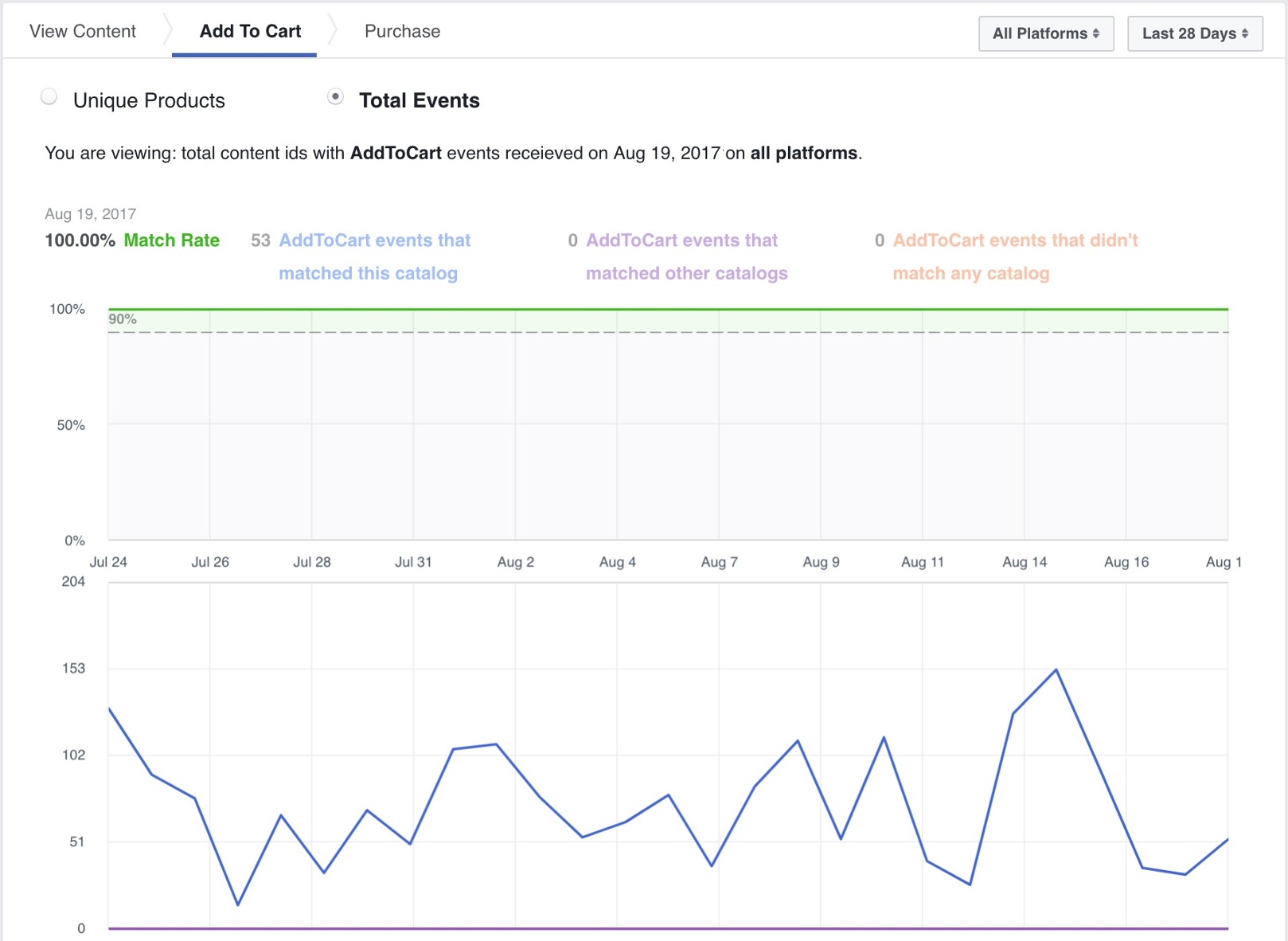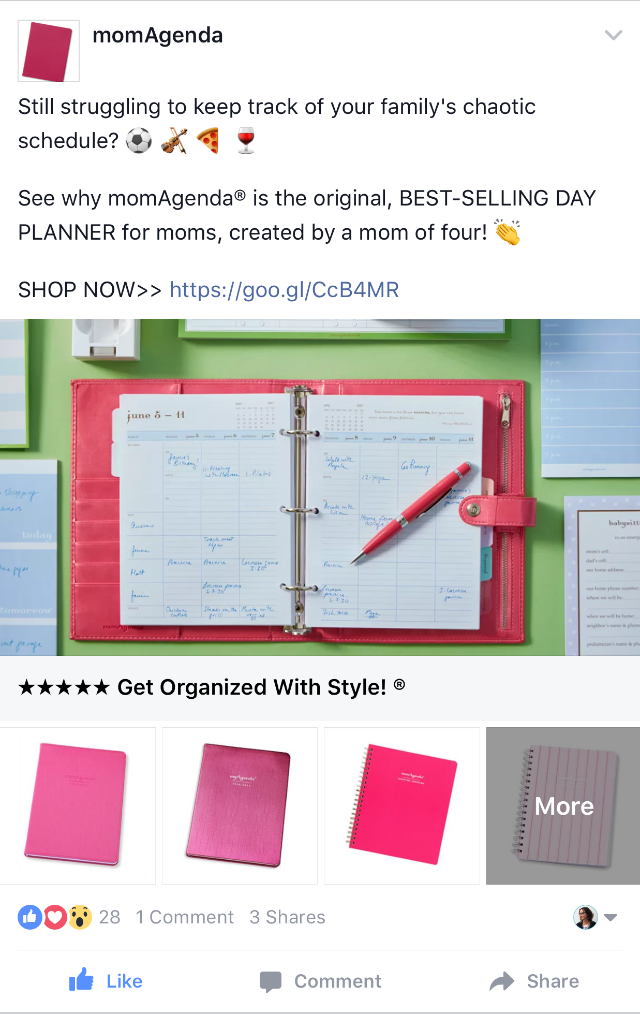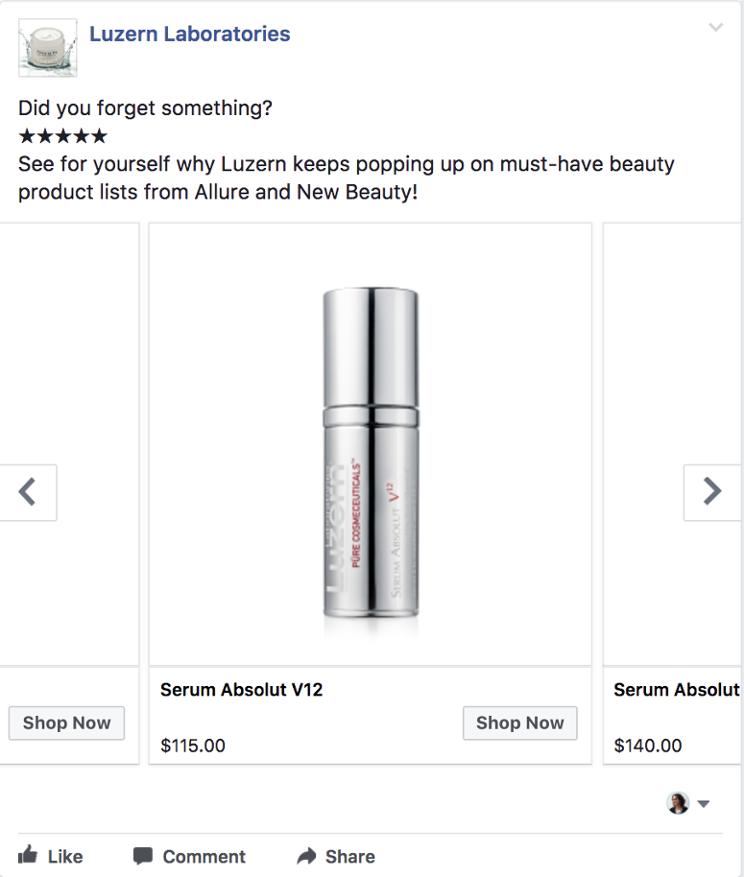Topics:
Facebook MarketingSubscribe now and get the latest podcast releases delivered straight to your inbox.
Many online retailers rely on Google AdWords because they believe the easiest way to target online shoppers is to go after people who are actively shopping. Sounds like a reasonable theory—if they already want something you can provide, why not put yourself at the top of their list? While this is a tried and true way to get online sales, too many marketers are missing an even more efficient way to increase your ROI... Facebook Ads.
A lot of business owners and marketers think that Facebook Advertising is simply for lead generation and brand building. But did you know it offers a way to (hyper) retarget shoppers, too? Facebook ads are one of the best chances to remind hesitant shoppers not to walk away from your shiny, must-have product.
Fear of Abandonment
Shopping cart abandonment. These three words strike fear in every ecommerce's revenue projections. That's because the average shopping cart abandonment rate is between 60-80% depending on the industry. Think about that—approximately 3/4 of online shoppers abandon their cart, while only 1/4 of leads actually make a purchase. That's a lot of money left on the table!
So, what are ecommerce businesses supposed to do? Too many think that once a cart has been abandoned, those sales are gone for good—along with the customers—or that it's near impossible to retarget them without a multi-million dollar budget. But, this mindset couldn’t be further from the truth. You have a huge audience of people who are interested in your products—you just need to give them a few gentle reminders.
"Stop leaving 3/4 of your online sales on the table—start #retargeting with #facebookads" TWEET THIS
Retargeting Shopping Intentions
Many people think that Facebook Ads only focus on likes, shares and reach. But they're wrong. Facebook offers one of the most powerful and efficient channels to retarget for ecommerce. It lets you easily advertise directly to your website visitors who viewed items or added them to their cart, but did not complete their purchase.
Thanks to the Facebook pixel, you can track all of your visitor's website activity and help nudge them along. Once a cart is abandoned, the potential customer will see the products they left showing up in their Facebook feed and will (hopefully) be enticed to return for them. And they are—retailers utilizing this form of Facebook Advertising are seeing an ROI of 152%.
Before you get started, there are a few critical steps to make sure you're not wasting your ad spend. Then it's time to do the single most important step for any ecommerce site that wants to maximize its marketing budget—set up your product catalog on Facebook. Depending on what platform your site is hosted on, this may be as easy as a few clicks, or you may need to install a few plugins. Most notably, if your site is run off of WordPress and WooCommerce, Shopify offers a fantastic program that seamlessly integrates your product catalog into Facebook’s system. Regardless—setting up your product catalog is worth it.
The product catalog pulls all of your products, images, descriptions and inventory and gives you the keys to the kingdom of retargeting with Dynamic Product Ads (DPAs) and more.

TIP: We love Product Catalog Feed by pixelyoursite when we have to build the feed for our clients.
Maximizing Dynamic Product Ads
Now that you have your product catalog set up, there are a handful of ad formats to target buyers in any stage of the sales funnel. Sometimes knowing where to start is the hardest part. In our momAgenda example below, we used a Collection format to allow us to use their beautiful photography to tell a story, but still showcase recently viewed products to nudge prospects to buy. With another client, we are showing a straightforward DPA that reminds people to complete their purchase.


Best Practices
With the ever-changing digital landscape, it’s hard to know what the best practices are when it comes to product catalogs. Luckily, AdParlor ran a fantastically insightful A/B test on Dynamic Product Ads.
There were a few standout elements that significantly improved the performance of dynamic product ads shown to both men and women, including:
- Using images without copy
- Not mentioning specific discounts in ads
- For men, using their native language in the ad drastically increased click-through rates, yet this did not hold true for women.
- Though not tested in ads shown to men, focusing on just a single product in ads shown to women, rather than including a variety of products in ad creative, tended to provide a boost to click-through rates.
Read their full case study here.
Facebook Ads can be tricky, especially when it comes to keeping up with all of the changes and product catalogs and cart recovery. Worried about going it on your own? We offer a free assessment and strategy call so we can have our Facebook Ads ecommerce specialists review your account for you. Give us a shout.


Order Your Copy of Marcus Sheridan's New Book — Endless Customers!
.jpg?width=50&height=50&name=Ali-Parm%20(1).jpg)
